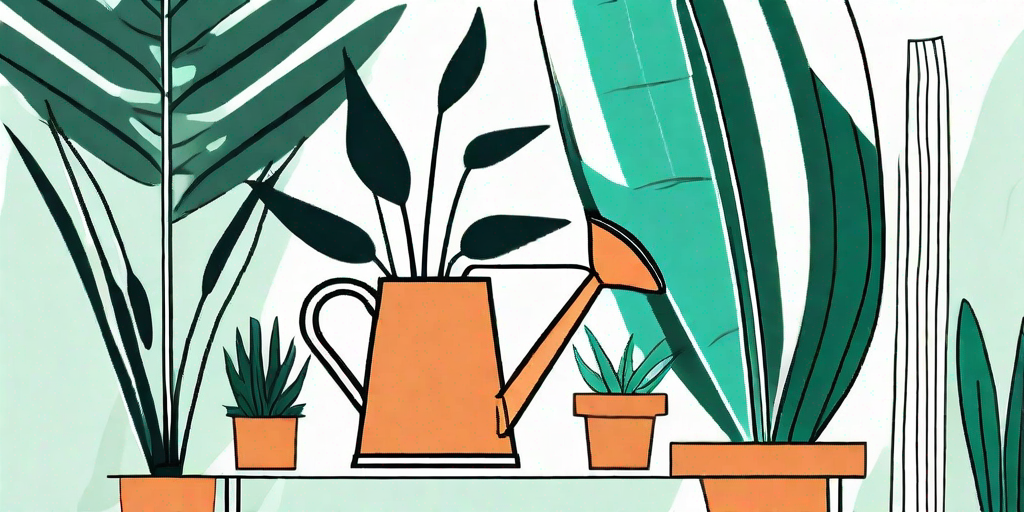
Welcome to the world of botanical beauty, where the green is greener, the flowers are brighter, and the leaves are... well, sometimes a bit too wild. If you're a proud owner of a Bird of Paradise plant that's decided to go full Tarzan on you, fear not. We're here to help you tame that leafy beast and transform your home into a paradise that's just the right amount of jungle.
Understanding Your Bird of Paradise
What is a Bird of Paradise?
First things first, let's get to know our feathery friend. The Bird of Paradise, or Strelitzia Reginae, is a tropical plant native to South Africa. Known for its striking, crane-like flowers and large, glossy leaves, it's a popular choice for indoor and outdoor gardens alike. But don't let its exotic beauty fool you. This plant has a wild side, and it's not afraid to show it.
With the right care, a Bird of Paradise can grow up to 6 feet tall indoors and a whopping 20 feet outdoors. That's a lot of plant! But don't worry, with a little know-how and a lot of patience, you can keep your Bird of Paradise in check and enjoy its stunning beauty without the jungle vibes.
Why is My Bird of Paradise Overgrown?
So, why has your Bird of Paradise decided to go rogue? Well, it could be a number of reasons. Maybe it's getting too much light, or too much water. Or maybe it's just feeling a bit too comfortable in your home and has decided to spread its wings (or in this case, leaves).
Whatever the reason, an overgrown Bird of Paradise can be a bit of a handful. But don't worry, we've got some tips to help you tame that leafy beast and bring back the balance to your home.
How to Tame Your Overgrown Bird of Paradise
Pruning: The Art of Plant Haircuts
Just like us, plants sometimes need a good haircut to keep them looking their best. Pruning is a great way to control the size of your Bird of Paradise and encourage healthier growth. But before you grab your scissors, there are a few things you need to know.
First, always make sure your pruning tools are clean and sharp. This will help prevent disease and ensure a clean cut. Second, only prune during the growing season (spring and summer) to avoid causing unnecessary stress to your plant. And finally, always prune with a purpose. Whether it's to remove dead leaves, control size, or encourage flowering, make sure you have a clear goal in mind before you start snipping.
Repotting: Giving Your Plant a New Home
If your Bird of Paradise is outgrowing its pot, it might be time for a move. Repotting can be a great way to control the size of your plant and encourage healthier growth. But remember, this is a big move for your plant, so it's important to do it right.
Choose a pot that's just a few inches larger than the current one, and make sure it has good drainage. Use a high-quality potting mix, and be gentle when transferring your plant to avoid damaging the roots. And remember, after repotting, give your plant a good drink and place it in a shady spot for a few days to help it settle in.
FAQs
Can I prune my Bird of Paradise in winter?
It's best to avoid pruning your Bird of Paradise in winter, as this can cause unnecessary stress to your plant. Stick to the growing season (spring and summer) for the best results.
How often should I repot my Bird of Paradise?
As a rule of thumb, you should aim to repot your Bird of Paradise every 2-3 years. However, if your plant is growing rapidly or showing signs of stress, it might be time for a move sooner.
Conclusion
So there you have it, folks. With a little know-how and a lot of patience, you can tame your overgrown Bird of Paradise and transform your home into a paradise that's just the right amount of jungle. Remember, every plant is unique, so what works for one might not work for another. But with these tips in your gardening toolbox, you're well on your way to becoming a master of the botanical world. Happy gardening!















